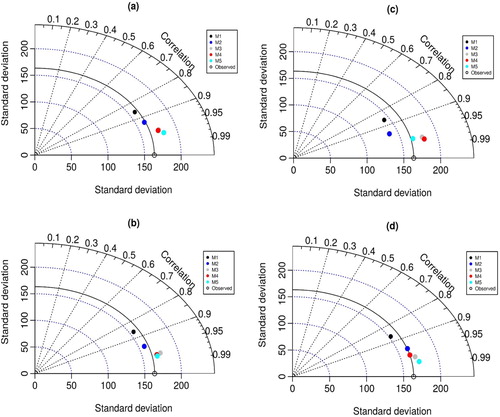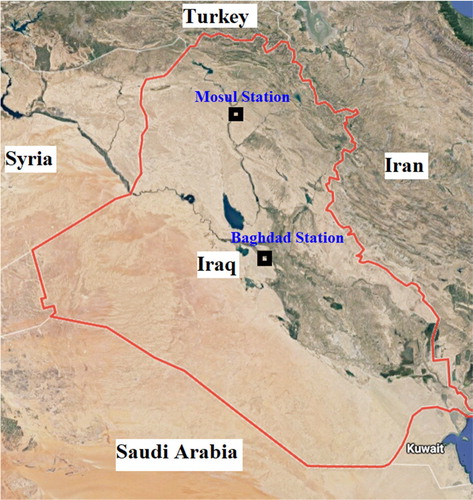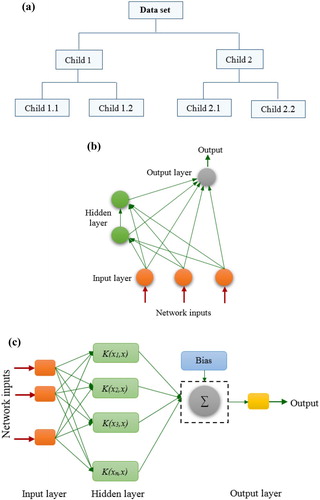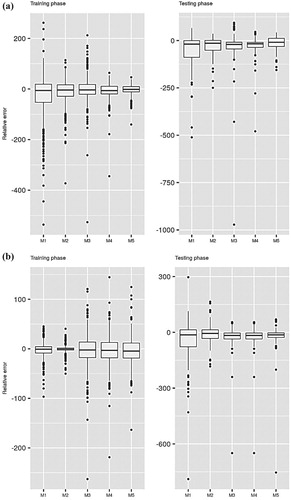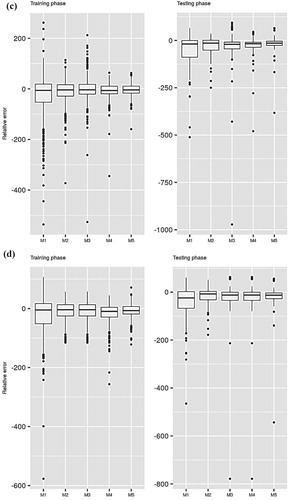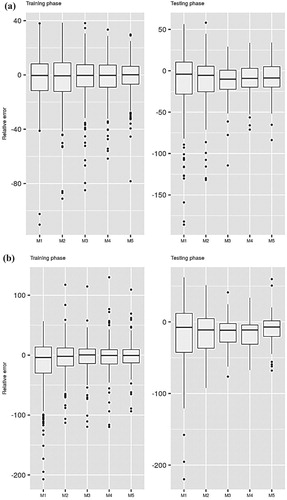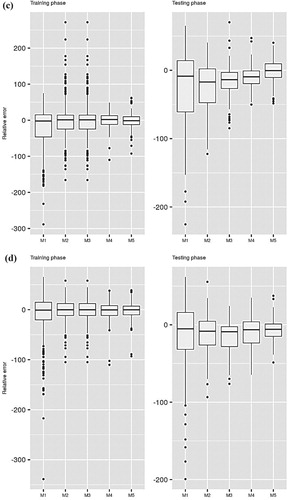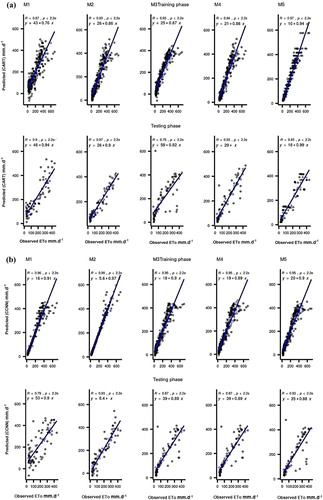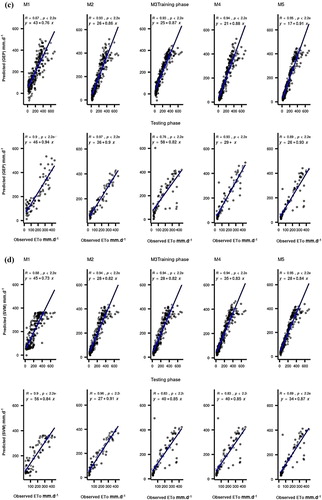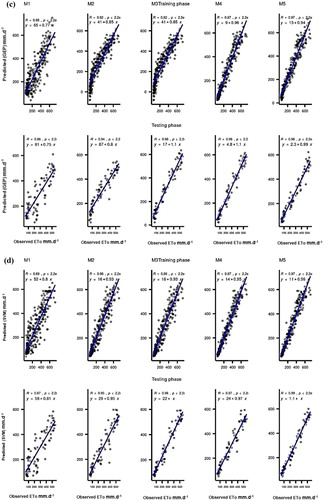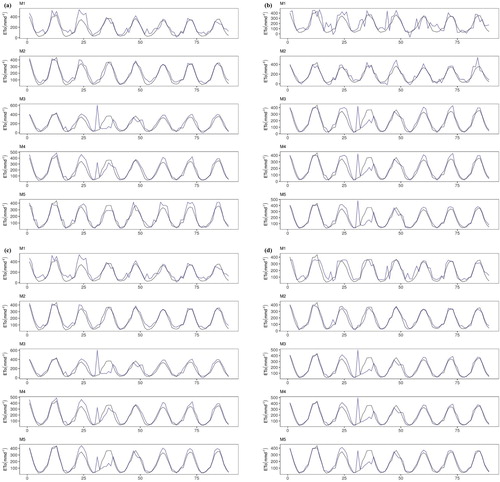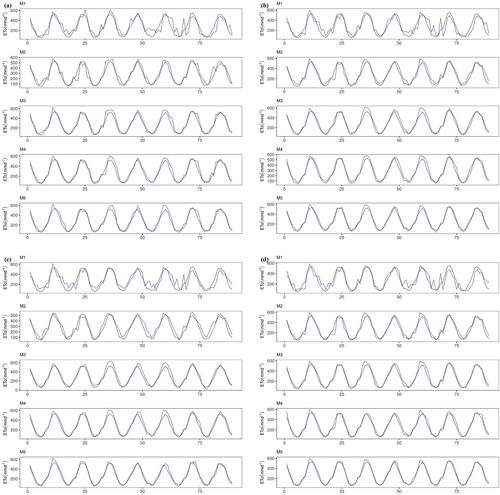Figures & data
Table 1. The statistical performance metrics of the applied CART model over the training and testing phases at Station I in Mosul.
Table 2. The statistical performance metrics of the applied CCNN model over the training and testing phases at Station I in Mosul.
Table 3. The statistical performance metrics of the applied GEP model over the training and testing phases at Station I in Mosul.
Table 4. The statistical performance metrics of the applied SVM model over the training and testing phases at Station I in Mosul.
Table 5. The statistical performance metrics of the applied CART model over the training and testing phases at Station II in Baghdad.
Table 6. The statistical performance metrics of the applied CCNN model over the training and testing phases at Station II in Baghdad.
Table 7. The statistical performance metrics of the applied GEP model over the training and testing phases at Station II in Baghdad.
Table 8. The statistical performance metrics of the applied SVM model over the training and testing phases at Station II in Baghdad.
Figure 7. Taylor diagram visualizations for the performance of the applied predictive models at Station I: (a) CART; (b) CCNN; (c) GEP; (d) SVM.

Figure 8. Taylor diagram visualizations for the performance of the applied predictive models at Station II: (a) CART; (b) CCNN; (c) GEP; (d) SVM.
